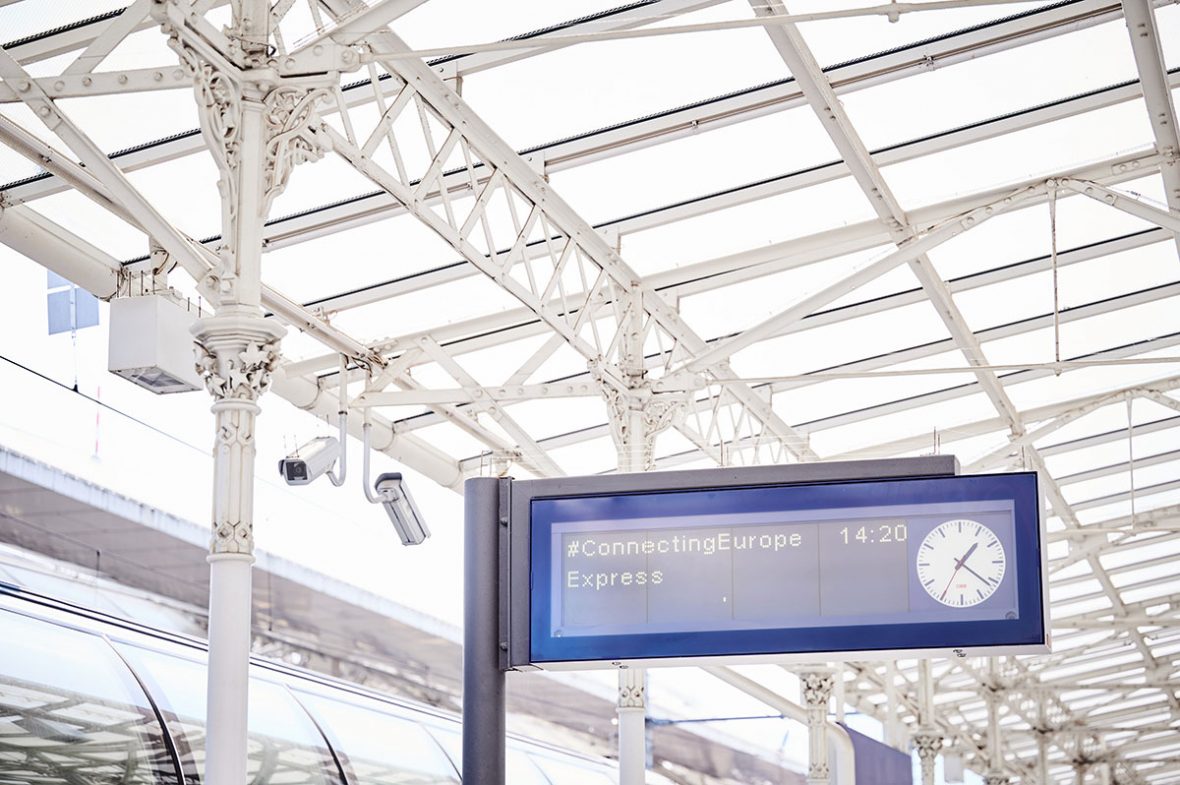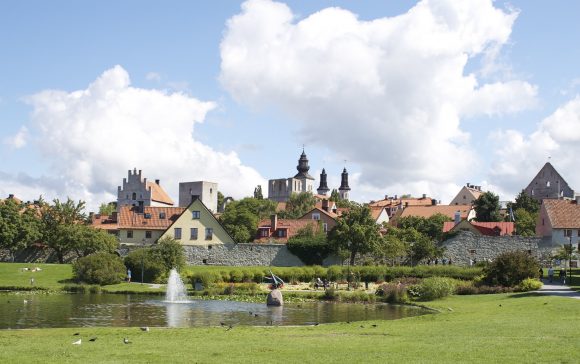
Rear end signals of Connecting Europe Express
”It’s a no-brainer!” – that was the reaction of Pat Cox, European Coordinator for the TEN-T Scandinavian-Mediterranean Corridor, when commenting on the value of rapid expansion of main lines for high speed trains in Sweden. This was only one of many valuable comments from the EU decision-makers who traveled with us through Sweden on the Connecting Europe Express train in the beginning of October. Kristian Schmidt, Head of Land Transport at DG Move, highlighted in particular the fact that Swedish operators compete in a deregulated market, however, at the same time have the ability to work together for the greater good of the industry.
Many important themes were discussed, among them:
- How travel by train has more than doubled in Sweden in the past 20 years, mainly due to liberalization of the railway market and regional traffic development. The result is that the Swedish railway system is utilized beyond its capacity limit.
- How the transport sector should meet the speedy development of mineral extraction and emergence of high-tech industries in northern Sweden.
- How the weaker links in our European railway infrastructure need to be addressed in order to increase capacity throughout the system. For example, and in addition to new main lines within Sweden, it would be valuable if the German main line between the Fehmarn belt connection and the European high-speed network could be built for high speed trains.
- How ERTMS needs to be deployed coherently and with a railway market sustainability perspective.
- How collaboration on timetables for cross-border railway traffic can be optimized, considering national specificities, in the particular Swedish case being both the degree of market liberalization and high share of single track railway lines.
The EU should support the development by enabling harmonized European regulation that reflects experience from a deregulated and liberalized railway market such as that of Sweden. After the five-week journey between Europe’s cities, there are several intermodal freight units loaded with impressions to process for EU decision makers, national governments and the European railway sector.
In our upcoming policy work, we bring this robust level of understanding emanating from the formal and informal meetings held during the journey of the Connecting Europe Express. And we commit ourselves to making sustainable mobility in Europe a reality under the European Green Deal!
Please see the following links for a summary of our seminar “Missing links in European rail infrastructure and EU regulation on track” or the entire seminar. The seminar is partly in Swedish and partly in English.
Please also see the following links for a seminar held in Sweden in July 2021 on “Crossing all of Europe by train – when is this fully a reality?” Go to seminar and read the description
